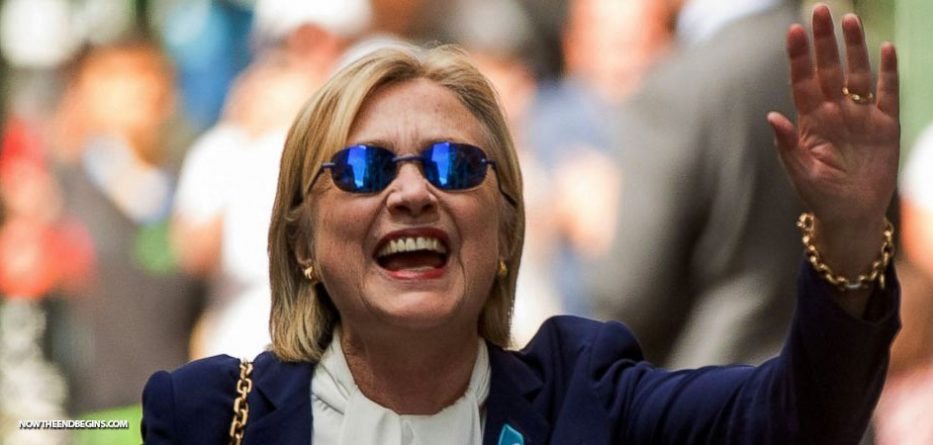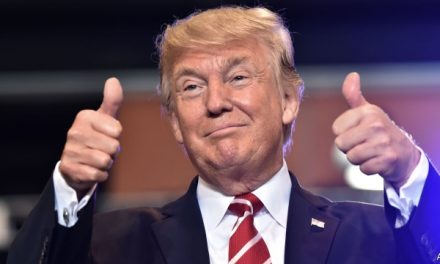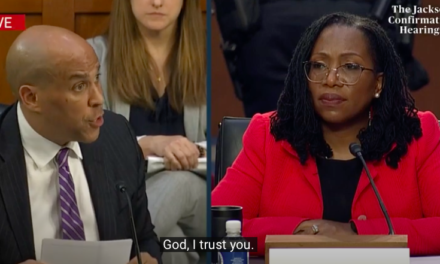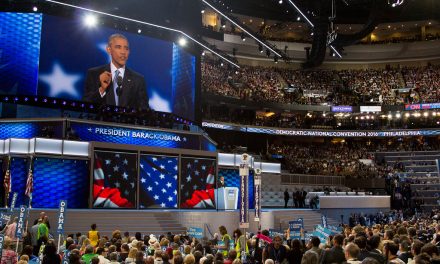When I did my post-mortem of the 2016 election, I focused most heavily on Pennsylvania, both because it was the most shocking result of the night and because it’s where I live and the state I understand the best. My first discovery was that Hillary Clinton had netted about the same vote advantage out of Philadelphia and Pittsburgh as Barack Obama had four years earlier. Any loss of enthusiasm from the urban black vote had been offset by Hillary pulling in more white votes in the cities. She had also significantly outperformed Barack Obama in the vote-rich Philadelphia suburbs, turning hundreds of historically red districts blue. Those two metrics were supposed to guarantee victory to a Democrat in a statewide race. But Clinton had not just done worse than Obama, she had managed to lose by about 40,000 votes. The full explanation for that wasn’t as easy to discover as you might think.
It was easy to see that Clinton had been slaughtered in the “T,” the largely rural and mountainous counties in the center and northeast and west corners of the state. She had also done disastrously in the southwest. In many counties that Romney had won with 55 or 60 percent of the vote, Trump carried 70 or 80 percent. While these counties often had almost laughably few votes, these margins added up to wipe out Clinton’s gain in the suburbs and erase her urban advantage. The other key factor in her loss was harder to detect. Yes, she had outperformed any Democrat before her in the suburbs, but she really should have done even better. Without her serving as a drag on the ticket in 2018, the Philadelphia suburbs fell into Democratic control for the first time since before the Civil War.
It’s impossible to know exactly why Clinton didn’t do better in the suburbs, but it was certainly a combination of two factors. One is the sexism that she faced in every state and every district. Unfortunately, simply being a woman put a cap on how well she could possibly do. This was probably less of a factor in the suburbs than elsewhere, but it played a role. The other was the residual resistance to her as a member of a political dynasty. Bill Clinton had begun the process of turning the Philly suburbs blue, but there were still countless Tom Ridge/Arlen Specter Republicans there who had spent the 1990s implacably opposed to his presidency. Old habits die hard, and Hillary was probably about the least ideal politician in the country for winning over their votes.
Simply put, an equally capable and credentialed male candidate not named Clinton would have run up bigger margins in the suburbs due to Trump’s uniquely alienating candidacy and carried the Keystone State. The generic anti-Clinton vote was the hidden factor that didn’t show clearly in the numbers.
It’s now becoming clear that this wasn’t just a factor in the general election, but a large part of the explanation for why Bernie Sanders had done so well in the primaries. Johnathan Chait is realizing this now, although he’s still putting all the onus on Hillary without placing enough of the fault with Bill:
The factor that actually explains 2016, as some of us chagrined liberals insisted at the time, was Hillary Clinton’s idiosyncratic personal unpopularity. It turned out large portions of the public, even of the Democratic electorate, simply detested her. Sexism is obviously a very large reason, along with Clinton’s own mistakes and the media’s frequently unfair coverage of her. But the important thing is that Clinton’s toxic standing among wide swaths of the electorate was the gravitational force causing the phenomenon Bernie fans misread. Clinton hatred allowed Sanders to draw more than 40 percent of the primary vote, and Clinton hatred allowed Donald Trump to narrowly win.
It’s true that Hillary was less popular than her husband, but anti-Clintonism in both the general electorate and within the Democratic Party was something she inherited from him. It’s becoming easier to measure its impact now that we’re seeing Bernie Sanders run against someone who isn’t named Clinton.
Let’s look at the results from the Michigan primary. Here’s Tim Alberta of Politico, looking at the suburban Detroit results:
The story isn’t just the voting spike, but Biden’s concurrent performance. Unofficially, he beat Sanders by 22 points in Oakland County, where Clinton beat Sanders by just 4 points in 2016. And whereas Clinton won roughly 92,000 votes there, Biden is on pace to win more than 150,000.
It was a similar story in neighboring Macomb County, a more downscale suburb of Detroit, where turnout soared and Biden vastly outperformed Clinton. Nearly 130,000 people participated in the Democratic primary, up 33 percent from 2016. And whereas four years ago Clinton and Sanders fought Macomb to a virtual draw, with Clinton winning some 47,500 votes, Biden topped Sanders by 17 points, collecting more than 66,000 votes in the process.
Biden’s performance among the wealthier suburbanites in these counties should be highly worrisome to Trump. These voters—particularly whites with college degrees—are accepting of the former vice president in a way they never were of Clinton. Four years ago, exit polling of Michigan’s primary showed Sanders winning college-educated whites by 11 points; Biden beat Sanders among that demographic by 14 points on Tuesday, a 25-point swing.
The explanation isn’t that Sanders became less popular with these folks over the last four years, but that he was never all that popular in the first place. A large percentage of his vote was cast not for him, but against Bill and Hillary Clinton. Joe Biden doesn’t carry the same kind of baggage and he doesn’t have to worry that sexists won’t support him because he’s a woman.
Of course, this helps Biden everywhere, not just in the suburbs. It will limit his rural and small-town losses, too. When you combine this with Trump’s slippage in the suburbs over his first term, a re-run of the 2016 election that simply substitutes Biden for Clinton could be a complete blowout in states like Pennsylvania and Michigan.
The only caveat here, and it’s a big one, is that Biden has done so incredibly poorly with young voters that he might not inspire them to turn out in big numbers or prevent them from voting third-party if they do. Yet, it seems highly unlikely that Trump will convince many of them to cross over and give their support to him, and that will limit any potential damage.







